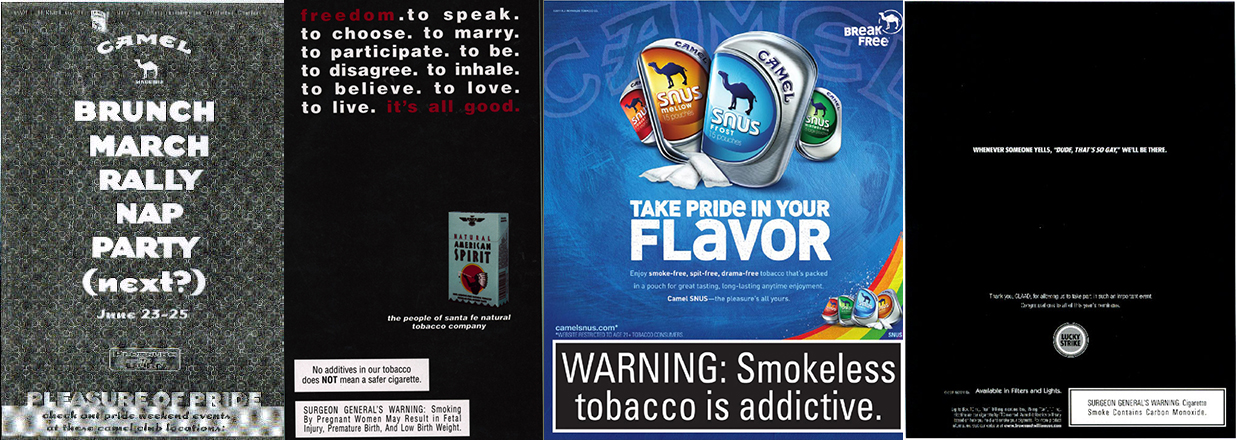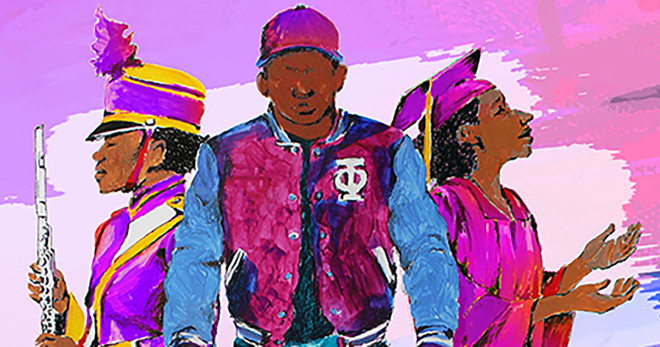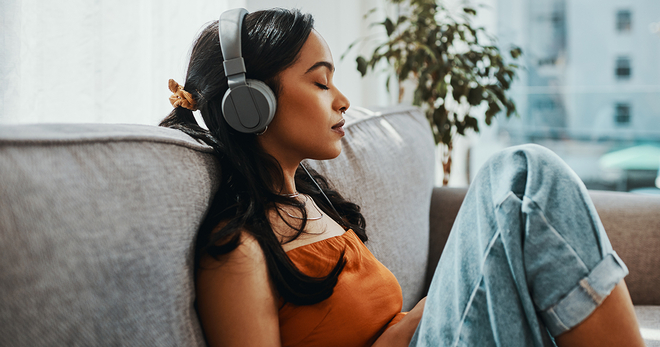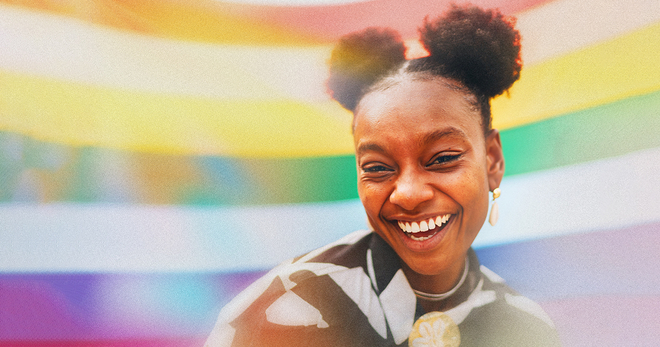One trend that’s changing Pride festivals for the better
In 2000, a Camel cigarette ad in a San Francisco newspaper touted all the pride festival events the city was sponsoring—more than a dozen events over five days. The brand’s presence at the prominent festival is just one way the tobacco industry has targeted the LGBT community, a group that is disproportionately impacted by tobacco.
Overall, lesbian, gay, bisexual and transgender adults smoke at rates up to 2.5 times higher than straight adults, due in part to target marketing by Big Tobacco. For years the tobacco industry has made efforts to appeal to this population through event sponsorships, advertisements in LGBT press, cigarette giveaways and free tobacco industry merchandise.
Fast forward to San Francisco Pride 2017: the festival organization is one of many LGBT-serving groups in the city that has adopted a tobacco-free policy—meaning it doesn’t accept tobacco industry funding, and it is now a completely tobacco-free event in accordance with city law.
San Francisco isn’t alone. More pride festivals across the country are showing how the tobacco industry is not their ally. Former LGBT HealthLink Policy Manager Juan Carlos Varga noted a shift in 2015.
“For years, health promotion in LGBT communities has been focused on HIV and STD control and prevention,” wrote Vargas for LGBT HealthLink. “However, health campaigns are expanding towards a broader, wellness-oriented approach that moves beyond our sexual health to face issues like cancer and mental health. And tobacco seems to be on the forefront as pride events increasingly incorporate tobacco control and prevention strategies to reduce the burden of smoking at the local level.”
Here are a few ways pride events and organizations from across the country are promoting smoke- and tobacco-free prides.
Take a stand against the industry
Big tobacco targetting the LGBTQ community
A group of LGBTQ community organizations in Michigan co-authored a column this month in a local LGBTQ publication that urged readers to “tell Big Tobacco, ‘We won't take this anymore’ by starting with a healthy smoke-free LGBTQ Pride season.”
The groups promoted 2017 pride festivals in the state that are smoke-free or have smoke-free areas, including Hotter than July, Motor City Pride, Kalamazoo Pride, Great Lakes Bay Pride, Grand Rapids Pride and more.
Raise awareness of disproportionate tobacco burden
Smoking rates in the LGBTQ community
“Smoking was part of my coming out story. Meeting new people, going new places—smoking was mixed into that,” said one Milwaukee community member who is featured in a new video series profiling local LGBT people impacted by tobacco.
The City of Milwaukee Tobacco-Free Alliance produced the videos as part of its Tobacco-Free Pride initiative, which highlighted three new nonsmoking areas at Milwaukee Pride 2017 and drew attention to the impact of tobacco on the LGBT community.
Protect people from secondhand smoke
Big tobacco at pride events
When Las Vegas Pride went completely smoke-free last year, its reasoning was simple: “Being able to provide a healthy environment free from smoke at this signature event is a right step to making a big positive difference in the health of our LGBT community including our families, friends, and allies,” said Las Vegas PRIDE Executive Director Ernie Yuen in the announcement.
There is no safe level of exposure to secondhand smoke. Additionally, exposure to smoke-free environments can help people quit. Research recently published in Nicotine and Tobacco Research found lower smoking rates among LGBT people living in areas with smoke-free policies, as well as greater intentions to quit among LGBT smokers living in those areas. The researchers interviewed Missouri Pride festival attendees and concluded that 94 percent of those living in areas with smoking bans reported an intention to quit, compared to 76 percent who did not.
Learn more about how tobacco disproportionately affects LGBT community members.
More in targeted communities
Want support quitting? Join EX Program
By clicking JOIN, you agree to the Terms, Text Message Terms and Privacy Policy.
Msg&Data rates may apply; msgs are automated.



